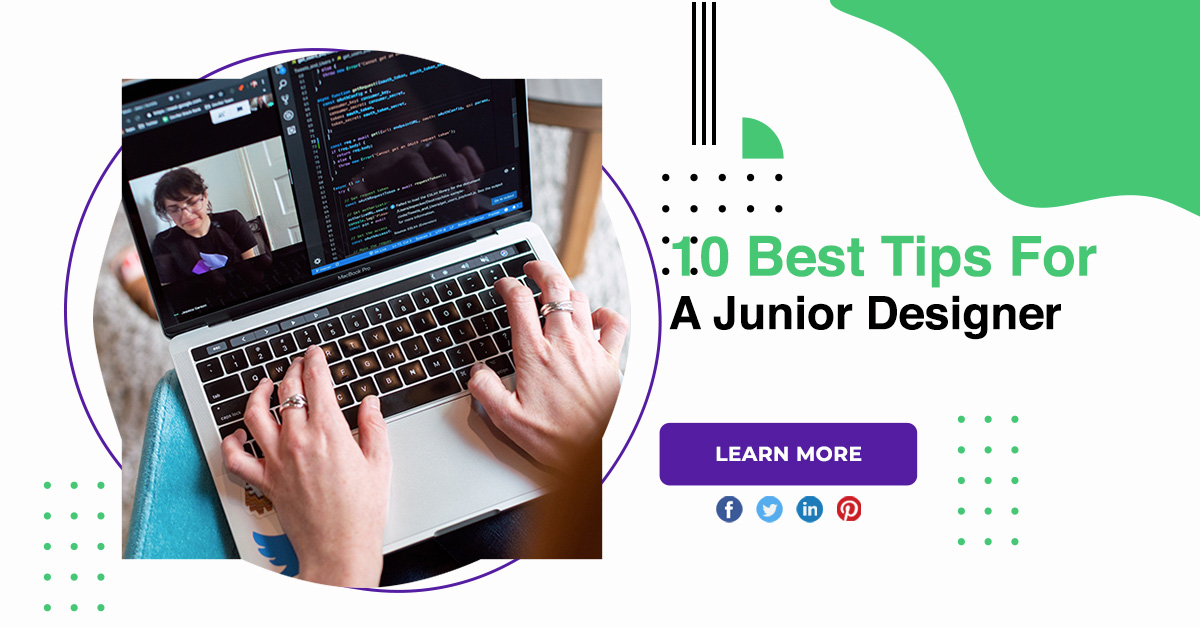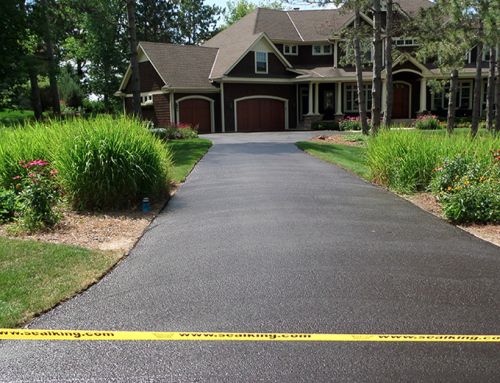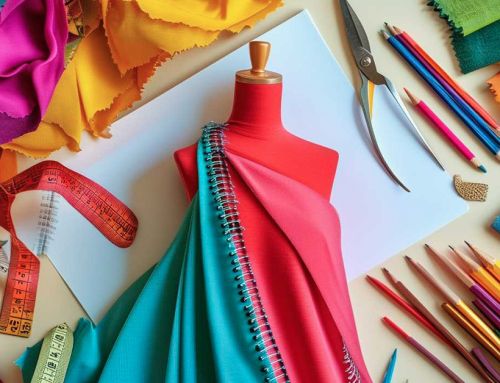10 Best Tips For A Junior Designer
The first step to becoming a junior designer is to understand what it means to be in this role. This is an exciting position as there is great responsibility and opportunity for growth. As a junior product designer, you will be expected to take notes, create wireframes and build prototypes.
Tips for junior designer
Ask lots of questions
As a junior designer, you will have many questions about your job, the company, its culture, the product you are designing, and much more. I’m talking about all kinds of issues, from design to development. Be curious and try to understand how things work and how they are implemented.
Be a team player
Build a relationship with your team. Having co-workers, you can trust and rely on is a great thing, even better if you work in a cross-functional team. Work hand-in-hand with your project manager and development team, different perspectives unlock new ideas.
Look for your guidance
Ask for and trust a good mentor; there is a reason they got to their current position. Look for that person to help you discover your career path and keep it on track. Ask for feedback, work on it, and remember to be open to hearing it. It can be hard to accept sometimes, but it’s the only way to improve.
Be considerate of others
Be aware of other people’s time. You often want to check everything and show everyone what a great job you are doing, but remember that everyone has deadlines too. Sometimes it can be daunting to make decisions on your own, it takes a lot of courage and responsibility, but that same responsibility is what allows you to grow and advance in your career.
Work on your communication skills
Learn to communicate the reasons for the decisions you make. Seek feedback and validate your ideas with others, not just designers. The more you share your work, the better you will connect and gain the trust of others.
Stick to the process
One of the most challenging things for me was learning how to estimate and know how long a project would take. Believe me people will ask about it. Defining the process will help you better understand yourself and your time; it will be messy at first, but experience and good guidance will help you get there. Be organized, define and respect your workflow, thought process and problem solving.
Stay inspired
You will find yourself working on not-so-great projects as a junior designer or even a senior. This is the reality they have to face every day. Look for a workplace that allows you to spend time on side projects that motivate and inspire you.
Accept failures as an opportunity to grow
As a junior designer, you may encounter some setbacks. You could be close to finishing a job and something can go wrong and set you back. This is all part of learning and can be used as an opportunity to grow.
Think of the user first
It seems obvious, but it’s essential to consider your user’s wants and needs before you start designing. Then make sure whatever solution or feature you come up with solves the problem. Asking yourself these questions early on will help you focus on a specific target audience and ensure you create something that resonates with them.
Always be willing to learn new things
As a junior designer, you may be assigned small projects at first. It allows you to become familiar with different aspects of design, including those that you may not have much experience with yet.
Conclusion
We hope our guide helps you on your way, and we can’t wait to see what unique designs you come up with in your career. Designing isn’t just about creating beautiful things it’s also about working with people who appreciate beautiful things and connecting with others who share your passion for design.









